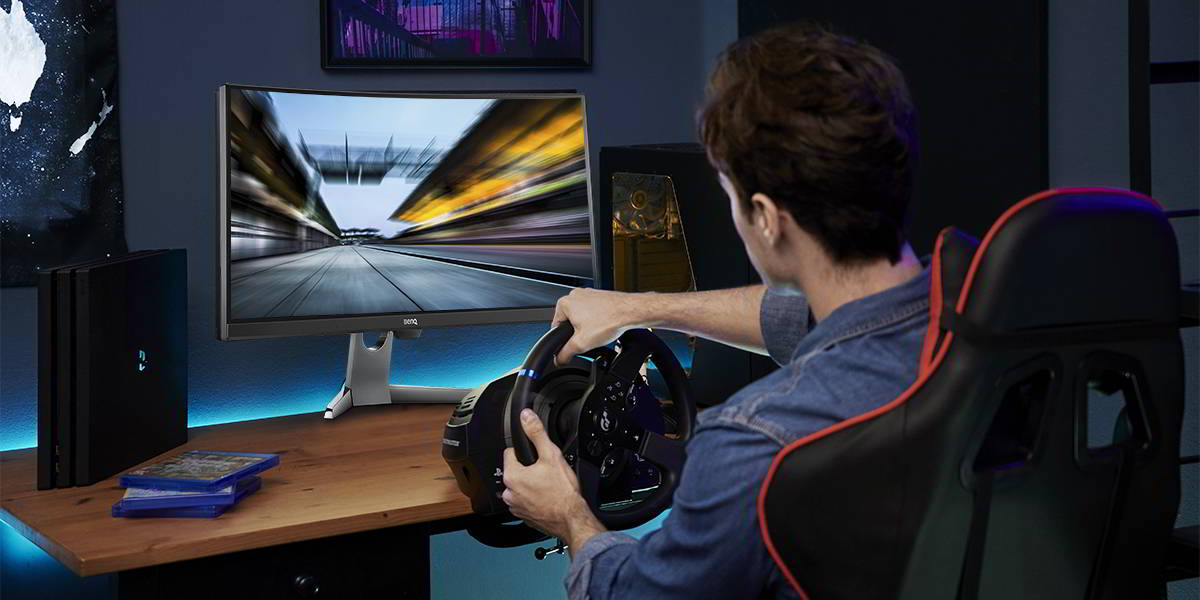Custom Screen Size Calculator. Draper ® also manufactures custom size screens to meet your specification. Virtually any size up to the maximum shown for a given model is available. If you need to calculate a custom size, this tool below may be useful.
- Curved Computer Screens
- Projection Calculator Software For Curved Screens Windows
- Curved Projection Screen Vs Flat
- Diy Curved Projection Screen
What is throw distance for a projector?
A projector's distance from the lens to the screen surface is called the Throw Distance. The throw distance and the size of the image it produces on the screen are proportional to each other based on the optics of the lens. As you increase the distance between the projector lens and the screen the image will also increase.

If Throw Ratio is 1:1 or below, curved screen is recommended. If Throw Ratio is less than 1.6, curved screen is recommended. If Throw Ratio is between 1.6 and 1.9, curved screen is optional. If Throw Ratio is 2.0 or greater, curved screen is not recommended. What are the listed lumens of the projector? SimVisuals 2 allows for flawless visuals across any shape or surface with advanced geometry correction and edge blending for multiple projectors. As a software product, SimVisuals 2 removes the need for additional hardware, cables or connection. It's simple, works the way you want, and adds zero latency. At the click of a mouse, the camera-based software automatically aligns, stacks and blends multi-projector systems in minutes, with unsurpassed accuracy. Get started with our Mystique Lite software for simple setups. A powerful optional feature of Mystique is Christie Guardian. Guardian monitors a blended projection system for any misalignment.
How far do you put a projector from the screen?
A projector's distance from a screen and the size of the image it produces are proportional to each other based on the optics of the lens. As you increase the distance between the projector and a screen the image will also increase. If your projector has a zoom lens, the lens can be adjusted to change the size of the screen image without changing the distance of the projector. Since each projector lens is different, an online projection calculator tool will help you calculate the size of an image on a screen relative to how far the projector is placed from screen.

What is a throw ratio for a projector?
Curved Computer Screens
For any given projector, the width of the image (W) relative to the throw distance (D) is know as the throw ratio D/W or distance over width. So for example, the most common projector throw ratio is 2.0. This means that for each foot of image width, the projector needs to be 2 feet away or D/W = 2/1 = 2.0. So if I'm using a projector with a throw ratio of 2.0 and I have an image width of 5 feet, then my throw distance must be 10 feet. So the throw ratio is a simple formula that let's you easily compute throw distance or image width given that you know one of these measurements. A projector zoom lens will have two different throw ratios, one for the minimum zoom setting and one for the maximum zoom setting.
Projection Calculator Software For Curved Screens Windows

Curved Projection Screen Vs Flat
What is considered a short throw projector?
Diy Curved Projection Screen
A short throw projector is a projector with a lens that has a throw ratio of 0.4 (distance/width) or less. These projectors are ideal for rear screen applications where the area behind the screen is limited, or for a wall mounted application where the projector will be mounted within 1 or 2 feet from the screen. The goal of these projectors is to produce as large of an image within the shortest amount of space between the projector and the screen.